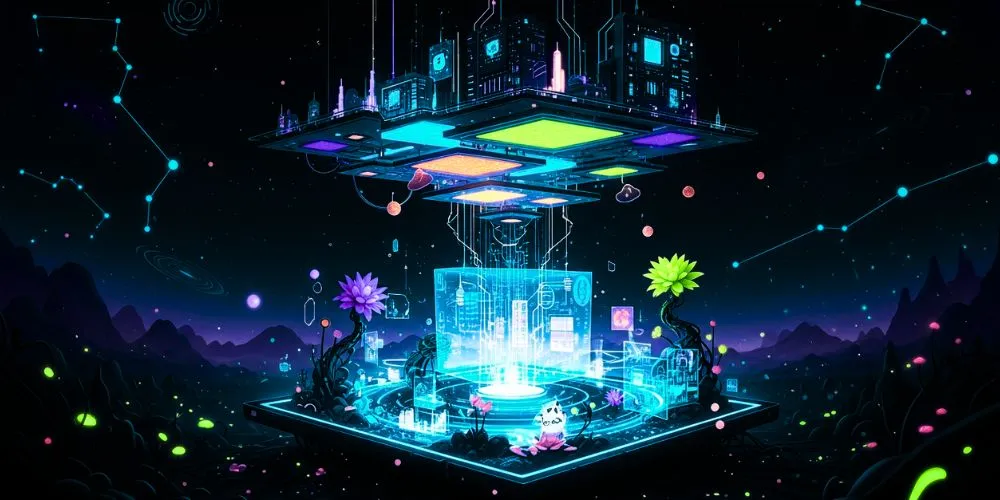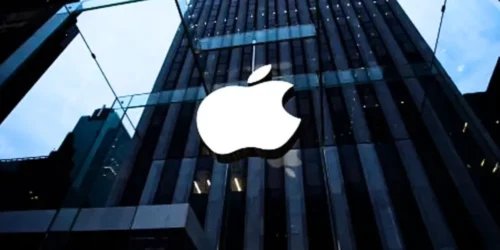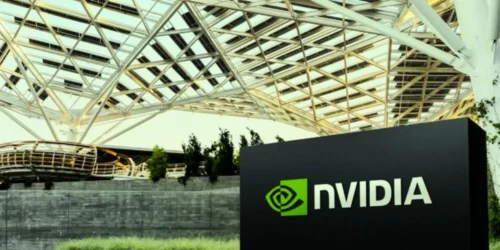We dream of sentient AI, flying cars, and virtual realities so immersive we can’t tell them apart from the real world. Our tech billionaires sell us visions of colonizing Mars and uploading our consciousness to the cloud. But this obsession with sci-fi spectacle is a dangerous distraction. While we chase these glamorous fantasies, the truly world-changing technologies—the ones that could solve our biggest problems—are being ignored because they aren’t sexy enough.
The Seduction of Sentient AI
The race to create human-like artificial intelligence captures headlines, but what problem does it solve? We pour billions into making chatbots sound more poetic while our bridges crumble and our power grids fail. We have become so fixated on recreating ourselves in silicon that we’ve forgotten to use technology to improve our actual, physical world.
The Boring, Brilliant Future
The most impactful future technologies won’t be flashy. They will include advancements in materials science, such as self-healing concrete, and new desalination techniques that provide clean water to millions of people. They will be innovations in soil regeneration and sustainable agriculture. This work is difficult, unglamorous, and essential.
Solving Real-World Problems
Imagine if the brainpower and capital being funneled into the metaverse were redirected toward creating a truly circular economy, one that eliminates waste. What if the top minds in programming focused on building secure, efficient, and fair public infrastructure instead of designing the next addictive social media algorithm? We have the tools; we’re just pointing them at the wrong targets.
Innovation Isn’t Just About Apps
True innovation isn’t about another app that delivers groceries in ten minutes. It’s about foundational progress. It is about the unsexy, nuts-and-bolts work of improving how we build, how we eat, and how we power our civilization. This requires patience and long-term investment, two things our current tech culture actively discourages in its quest for instant gratification and billion-dollar valuations.
Conclusion
We need to recalibrate our vision of the future. Let’s spend less time dreaming about digital ghosts and more time thinking about durable infrastructure. The future of humanity doesn’t depend on whether an AI can write a sonnet; it depends on whether we can solve the boring, tangible, and life-threatening problems right in front of us.













